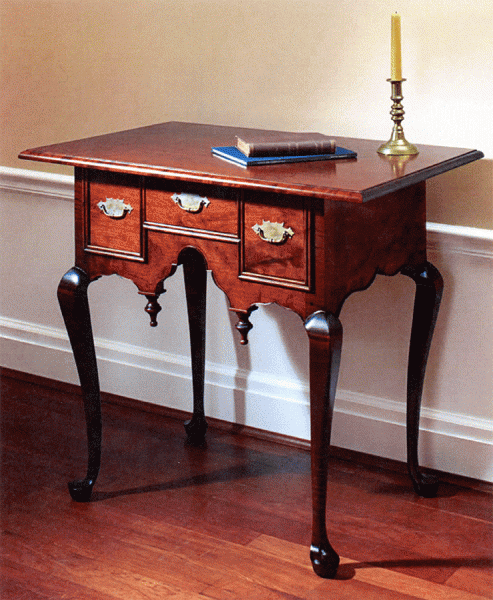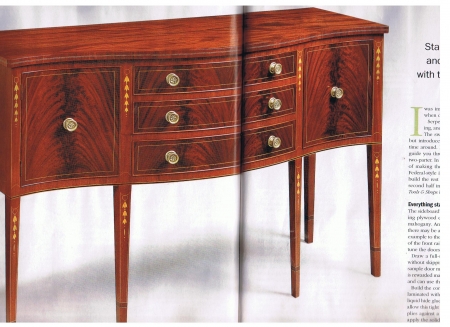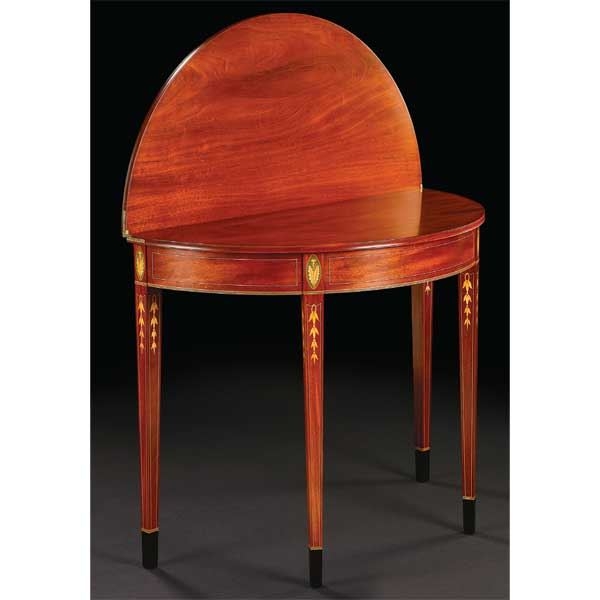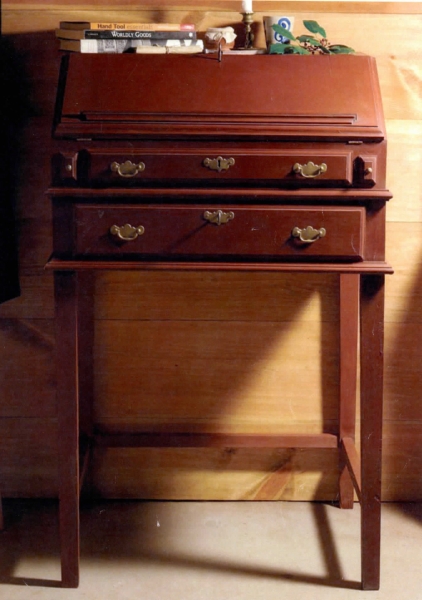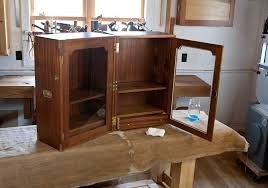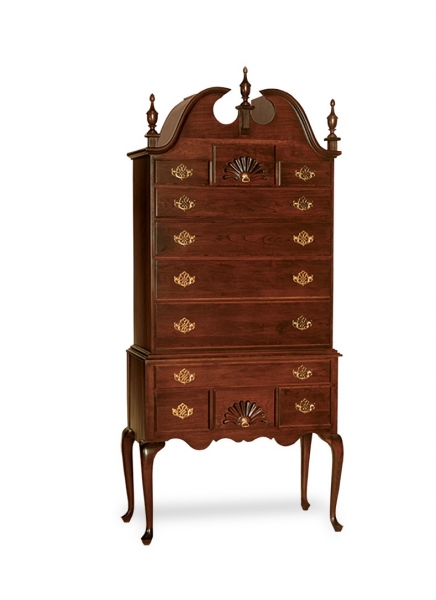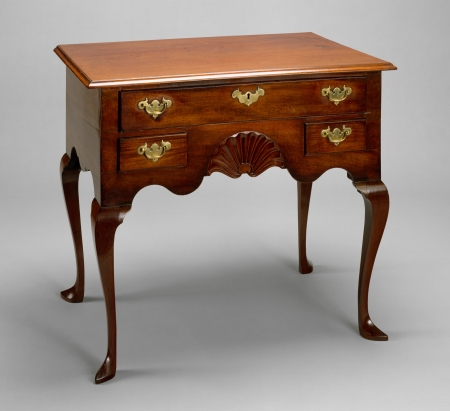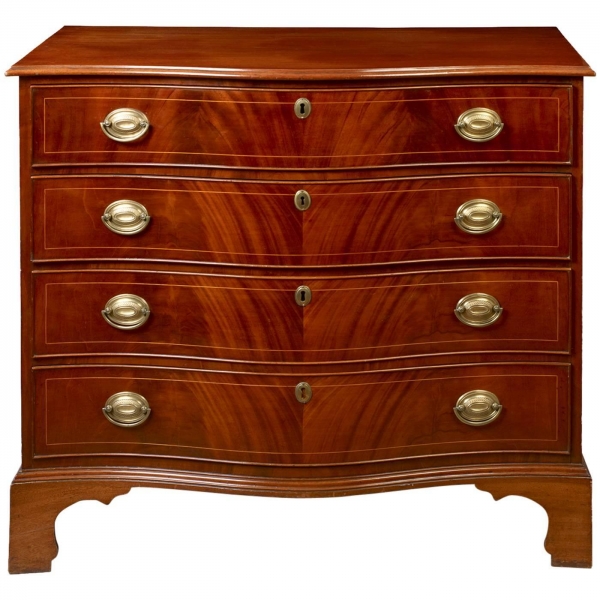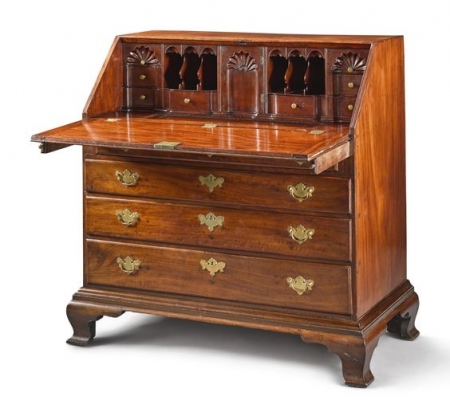Craftsman's Gallery pg-192
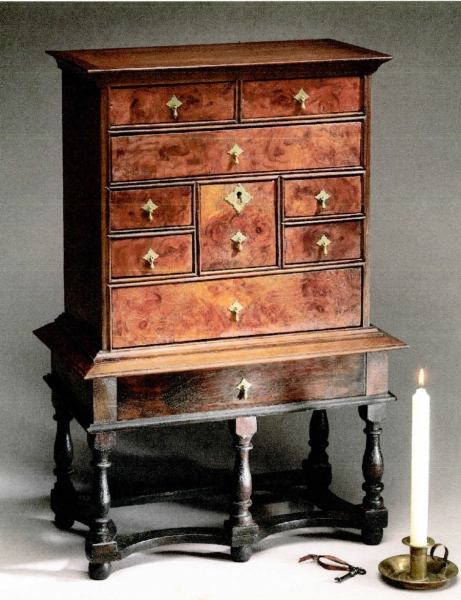
William & Mary Spice Chest
Popular Woodworking
In the early 18th century, the fashionable place to store household spices was in an attractive, lockable spice chest. These chests were status symbols, because having one indicated your household was wealthy enough to require an entire chest to store these luxuries. This chest was inspired by a circa-1720 William & Mary Philadelphia piece; I used period techniques and tools to build it. And while we no longer treat household spices as valuables, the chest provides handsome storage in my modern household.
If you build this piece the way I did, you’ll learn hammer veneering, hand dovetailing and how to cut curved shapes with straight tools. Perhaps most important, you’ll learn to be organized in your project planning. A piece this small (181â„2″ x 257â„8″) with so many similar parts forces you to stay organized.
(required: 10-WM 84, 1-WM 85, 1-Lock 7)
Products on this Page
Other Craftsman's Gallery Pages
Displaying 1 to 10 of 10 [View All]
Products
Policies

Restoration Brasses
©
2003-2025 Copyright
Privacy Policy | Return/Refund Policy | Login
Certain materials are protected by copyrights, trademarks, and other intellectual property rights which are owned and controlled by the owner. No part of this publication may be reproduced or transmitted in any form or by means, electronic or mechanical, including photocopy, recording, or any information storage and retrieval system, without permission in writing.

